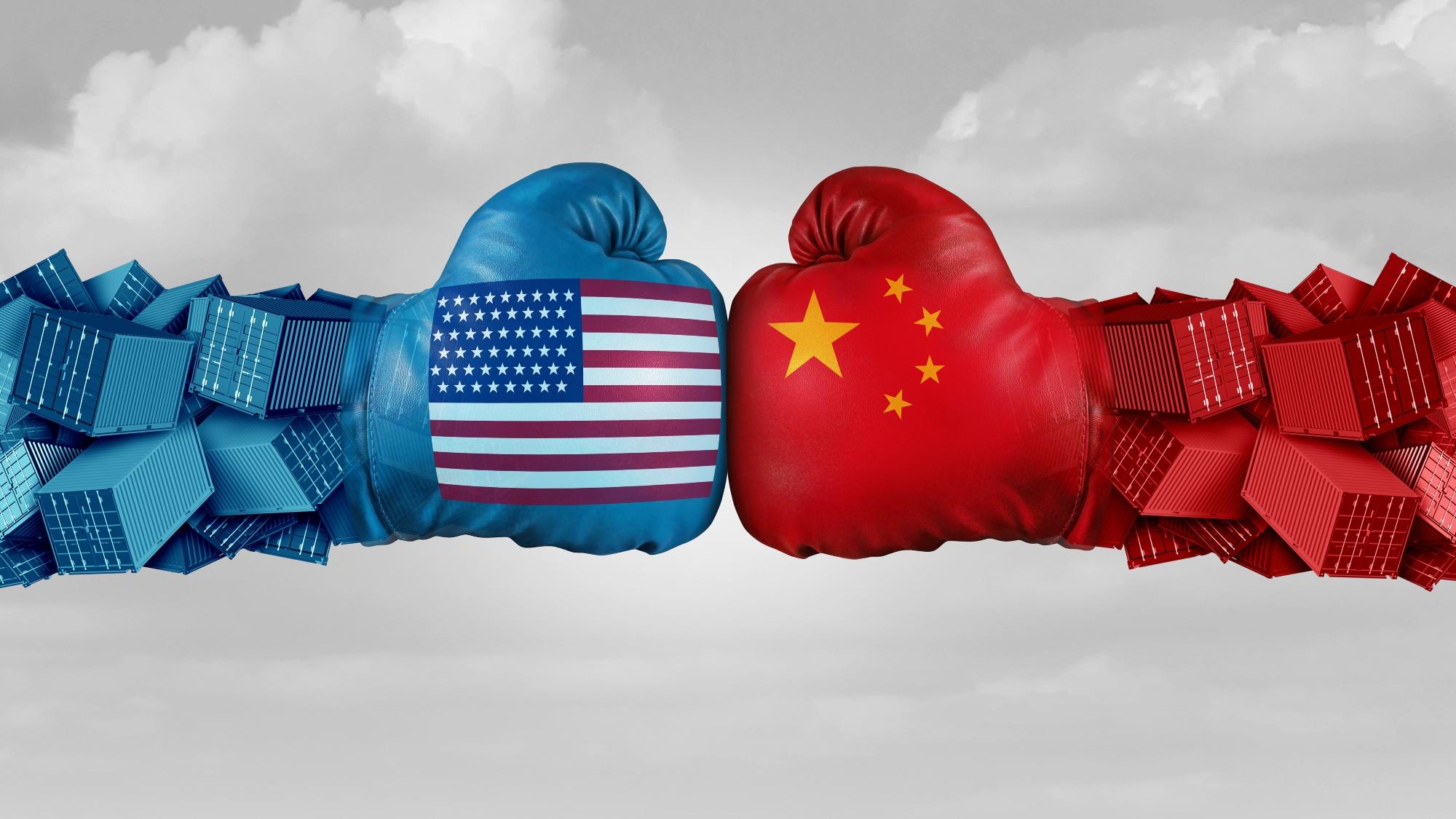The heartland trembles as trade tensions escalate between the United States and international trading partners. Midwest farmers face mounting worries about their financial sustainability amid the intensifying trade conflict that threatens both export opportunities and input costs. Recent data reveals that despite 56% of farmers believing ongoing trade disputes with China and other countries will hurt them financially this year, a substantial 70% continue to support efforts to rebalance trade relations.
Economic Stakes
Soybeans stand as China’s premier agricultural import from the United States, with transactions reaching $12.8 billion in 2024—showcasing a notable 22% surge over the past decade. This impressive figure now hangs in the balance. The potential disruption of this trade channel creates palpable anxiety throughout agricultural communities that have invested resources toward meeting Chinese demand.
Last year, China purchased 52% of U.S. soybean exports, but agricultural producers express deep concern this positive momentum could reverse abruptly. Illinois, functioning as the nation’s third-largest agricultural exporter, generated approximately $13.7 billion in agricultural trade during 2023, with corn, soy, and pork heading primarily to Mexico, Canada, and China. These impressive commercial flows now face uncertain futures.
Farm operations beyond the soybean sector confront parallel challenges. Pennsylvania’s substantial dairy industry, which contributes nearly $12 billion to the state’s economic vitality annually, confronts similar trade-related threats. With 5,000 dairy farms operating within Pennsylvania’s borders—the second-highest concentration nationwide—the stakes climb extraordinarily high.
Retaliatory Measures
The Trump administration’s recent policy decisions have triggered swift international responses. After the administration doubled existing tariffs on Chinese goods to 20%, China announced retaliatory tariffs ranging from 10% to 15% on numerous U.S. agricultural products, including corn, chicken, pork, soy, and beef. These countermeasures create immediate headwinds for American producers.
Canada implemented immediate 25% tariffs on billions of dollars worth of American goods following the administration’s announcement of 25% tariffs on most imports from Canada and Mexico. Although the administration subsequently paused these tariffs on imports under the U.S.-Mexico-Canada Agreement until April 2, the momentary reprieve provides little comfort for farmers entering planting season amidst profound policy uncertainty.
“There’s no winners in this, as far as I can see,” expressed Stan Lundell, a farmer from Southern Minnesota. “I don’t see how you can hurt every sector of the economy, because it’s not just going to be agriculture, every sector of the economy is going to be affected by this. It inflicts pain on everybody, for what?”
Broader Economic Consequences
The impact of these escalating tensions extends past agricultural communities with ripple effects throughout rural economies. American Farm Bureau president Zippy Duvall highlighted the precarious timing, noting that “For the third straight year, farmers are losing money on almost every major crop planted. Adding even more costs and reducing markets for American agricultural goods could create an economic burden some farmers may not be able to bear.”
Industry observers warn that tariffs serve as a double-edged sword for agricultural producers—simultaneously elevating costs for critical farm supplies while making American-grown commodities more expensive in global marketplaces. This punishing combination squeezes farm operations from both revenue and expense perspectives, threatening fundamental viability.
The situation appears particularly dire for smaller operations with limited financial reserves. Some industry experts have stated bluntly that “This Trade War Will Force Farms to Close”. While larger operations might weather the storm through their access to capital reserves, family farms operating on slim margins face existential questions about their future.
Central Illinois farmer Steve Warters voiced practical concerns about how retaliatory tariffs from Canada and Mexico might reduce demand for his corn and soybeans. These everyday worries multiply across thousands of individual operations throughout the agricultural heartland, creating a collective anxiety that pervades the sector.
The current agricultural landscape contains a curious contradiction: even while recognizing potential financial harm, many producers continue supporting trade rebalancing efforts. This apparent inconsistency highlights the complex relationship between short-term economic interests and longer-term hopes for market fairness. As planting season approaches in the volatile atmosphere of international trade politics, Midwest farmers must prepare for a harvest season shadowed with uncertainty.









